Battery energy storage systems (BESS) operating without fixed contracts – known as merchant BESS – turned profitable for the first time in 2024, according to a new report by energy think tank Ember. Falling battery costs and higher earnings from volatile power markets drove this shift.
Ember’s analysis finds that BESS costs have declined by around 80% over the past decade, with the 2024 levelised storage costs (2-hour) estimated at INR 1.7 million/megawatt-hour (MWh) against INR 7.9 million/MWh in 2015. Parallely, potential revenues from market participation have increased fivefold in the same period to INR 2.4 million/MWh in 2025 from INR 0.5 million/MWh in 2015. As a result, the report estimates that in 2024, merchant BESS revenues surpassed costs for the first time, making it a bankable electricity grid asset.
“Merchant BESS has often been viewed as a low-return investment. But the changing dynamics of the wholesale power market, with rising price volatility, coupled with falling battery costs, have made it a commercially viable investment opportunity today,” says the report’s co-author Duttatreya Das, Energy Analyst at Ember.
“Battery systems charge when power is cheap and abundant—typically during sunny hours—and sell electricity back to the grid when demand surges and prices peak, making it well-suited to manage price volatility and generate handsome revenues while doing so,” he added.
The report highlights that peak prices are reaching new highs in the day-ahead market (DAM) segment of power exchanges, while troughs are getting deeper. This increased price volatility in the day-ahead market in recent years has created more opportunities for merchant batteries to create value.
The report notes that electricity prices nearly hit the current cap of INR 10/kWh in one out of every six hours between 2022 and 2024. Similarly, average midday power prices fell nearly 20% from 2022 to 2024 during the summer months. Prices even fell to nearly zero on a few days in the summer of 2025.
“Such market swings are no longer isolated events; they are becoming a regular feature on India’s power exchanges,” said Das.
“Going forward, price volatility is likely to keep increasing as India’s power generation and consumption patterns change. Rising solar penetration will keep daytime prices low, while the rigidity of thermal plants means that they will operate at very low levels more often during the day and take time to power up and cater to the high evening demand,” he added.
The report models different scenarios for how power prices are likely to move on the exchanges, forecasting that by participating in DAM alone, merchant BESS investments can offer an internal rate of return of up to 17% from an investment made in 2025.
“There are multiple use cases for batteries: participation in the merchant market is one that’s been somewhat under-appreciated till now,” says Satyadeep Jain, Director – Equity Research at Ambit Private Limited.
Participating in the ancillary (grid-balancing) services market will increase revenue and improve returns. “While arbitrage in the DAM contributes nearly 80-85% of total earnings, ancillary services can account for the remaining 15-20%. Under optimistic assumptions, annual revenues by participating in both DAM and ancillary (grid-balancing) services market can reach INR 3.3 million/MWh, pushing project internal rates of returns (IRRs) to roughly 24%,” said the report’s co-author Neshwin Rodrigues, Senior Energy Analyst at Ember.
“Even under conservative estimations of the price volatility, returns remain strong at 21%, but with a larger share of earnings coming from ancillary market participation,” he added.
The report concludes that as India’s electricity system evolves to integrate more variable renewable energy, the case for investing in battery storage becomes stronger.
“Energy transition, and the ensuing higher share of variable renewables in the energy mix, is driving extreme intra-day price swings and shortage of ancillary services at the grid. This is both a risk and an opportunity, and battery storage appears well placed to capitalise on this,” Jain said.
This content is protected by copyright and may not be reused. If you want to cooperate with us and would like to reuse some of our content, please contact: editors@pv-magazine.com.
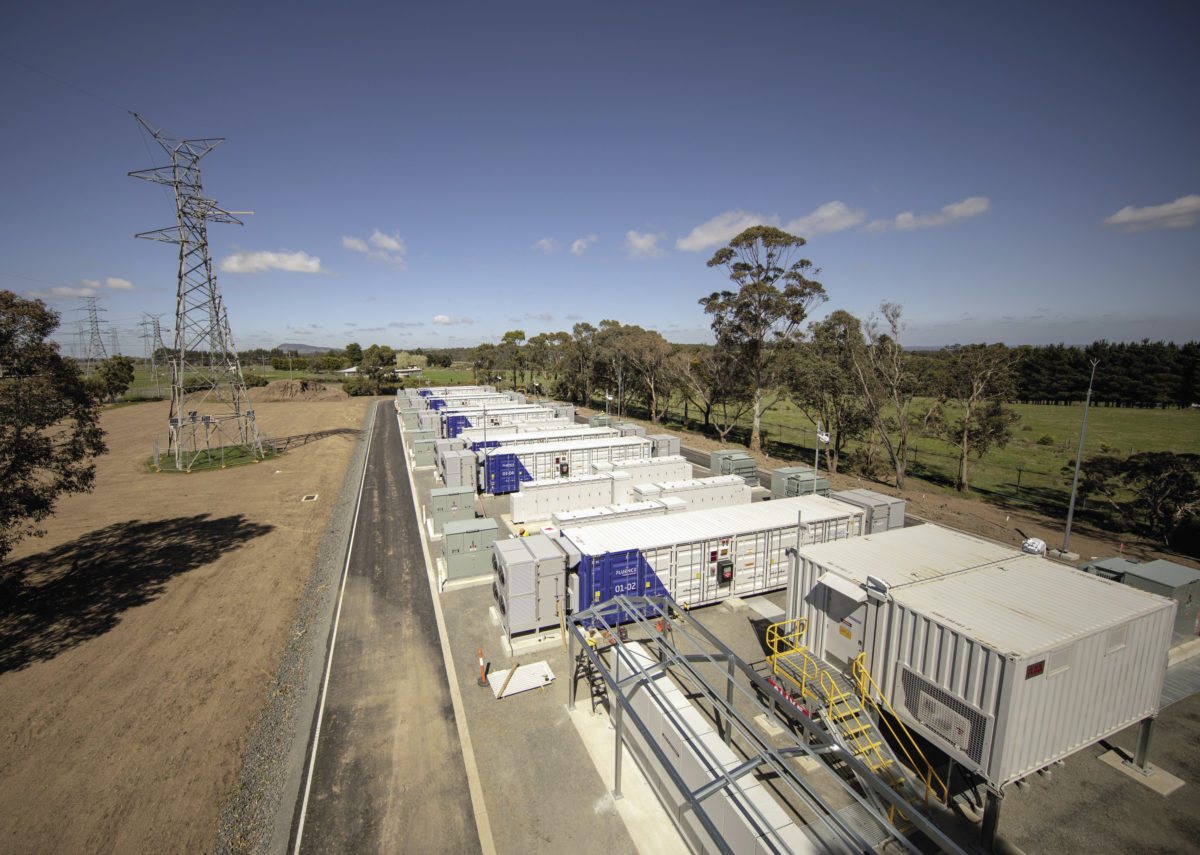
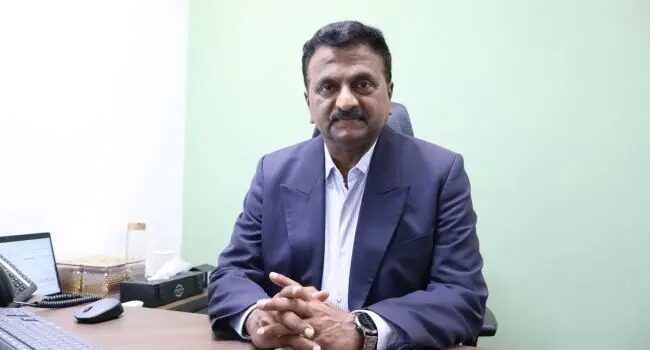


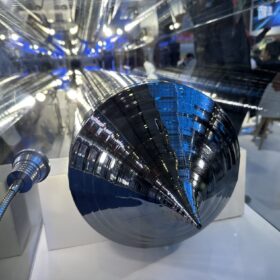

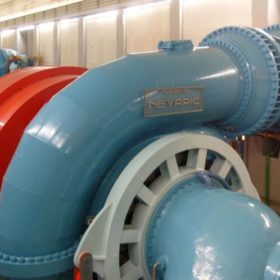
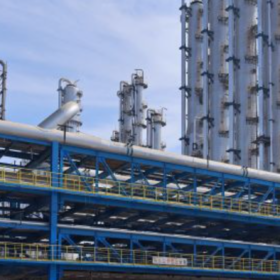
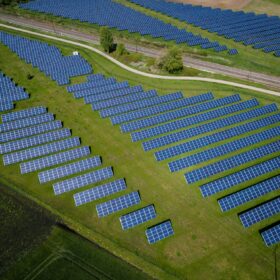
By submitting this form you agree to pv magazine using your data for the purposes of publishing your comment.
Your personal data will only be disclosed or otherwise transmitted to third parties for the purposes of spam filtering or if this is necessary for technical maintenance of the website. Any other transfer to third parties will not take place unless this is justified on the basis of applicable data protection regulations or if pv magazine is legally obliged to do so.
You may revoke this consent at any time with effect for the future, in which case your personal data will be deleted immediately. Otherwise, your data will be deleted if pv magazine has processed your request or the purpose of data storage is fulfilled.
Further information on data privacy can be found in our Data Protection Policy.